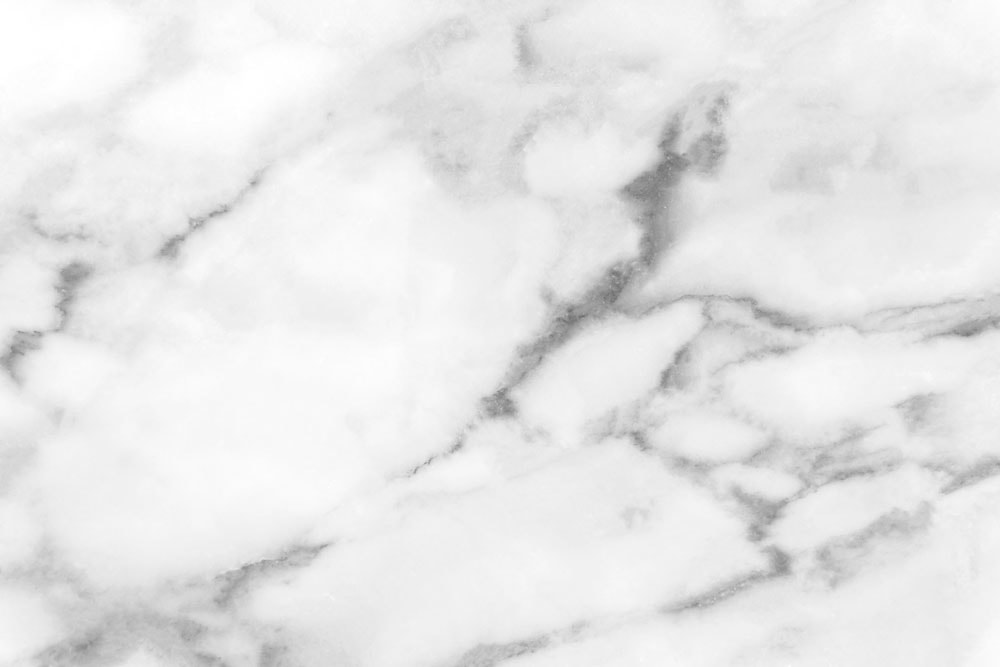|
You’ve probably seen marble in fancy hotels, or maybe even in your own home. But what makes it so special? How does it get so smooth? Read on to find out.
How it’s formed Marble occurs in large deposits that form at plate boundaries in the Earth’s crust. These deposits can be hundreds of feet thick and geographically very large. The size of deposits allows marble to be mined economically on a large scale, with some mines and quarries producing millions of tons per year. Italy is the world’s leader in marble exports, accounting for about 20 percent of all marble sold worldwide. China, India, and Spain are also top marble-producing countries. In the U.S., marble quarries can be found in Georgia, Colorado, and Tennessee. How it’s used As the favorite medium for Greek and Roman sculptors and architects, marble has become a cultural symbol of tradition and refined taste. That love of marble in sculpture carried over into some of the most well-known structures in the world today, including the Taj Mahal and the Leaning Tower of Pisa. Not all marble is a high-end product, however. In crushed stone form, it is a low-cost solution for a variety of construction projects. Outside of building, very few rocks have as many uses as marble. Ever wonder how paint and makeup get that shimmer you can’t quite put your finger on? It’s likely marble in a process known as “whiting.” Its soft quality also makes it an ingredient in non-abrasive cleaning products like Soft Scrub. Maintenance One of the reasons so many historic structures are made of marble is that it requires little to maintenance over hundreds of years. For use at home, make sure that the marble is sealed after installation. This will repel water and other stain-causing substances, but won’t make the marble completely stain resistant. Wipe up spills as soon as possible after they occur to prevent them from seeping into the stone. Clean marble surfaces regularly with a cleaner specifically formulated for stone and tile.
0 Comments
Leave a Reply. |
More articles:
August 2018
Categories |
|
Contact Kirsten to get started today.
(310) 756-3524 [email protected] #DRE 01450452 Ask her about her newsletter to get current South Bay Market information and real estate news right to your inbox... no spammy ones, promise! |
|
Copyright © 2021 Kirsten Cole. All rights reserved.



 RSS Feed
RSS Feed
